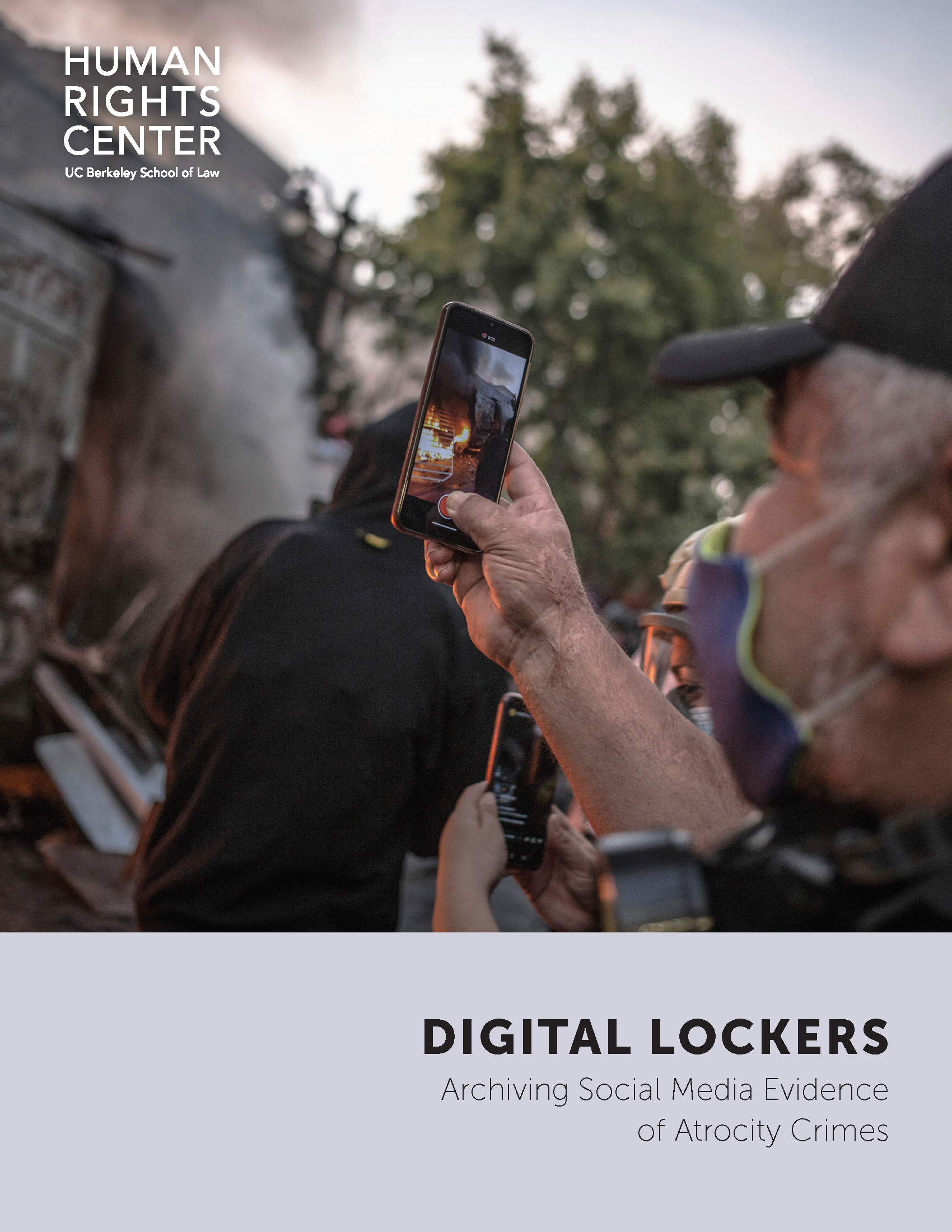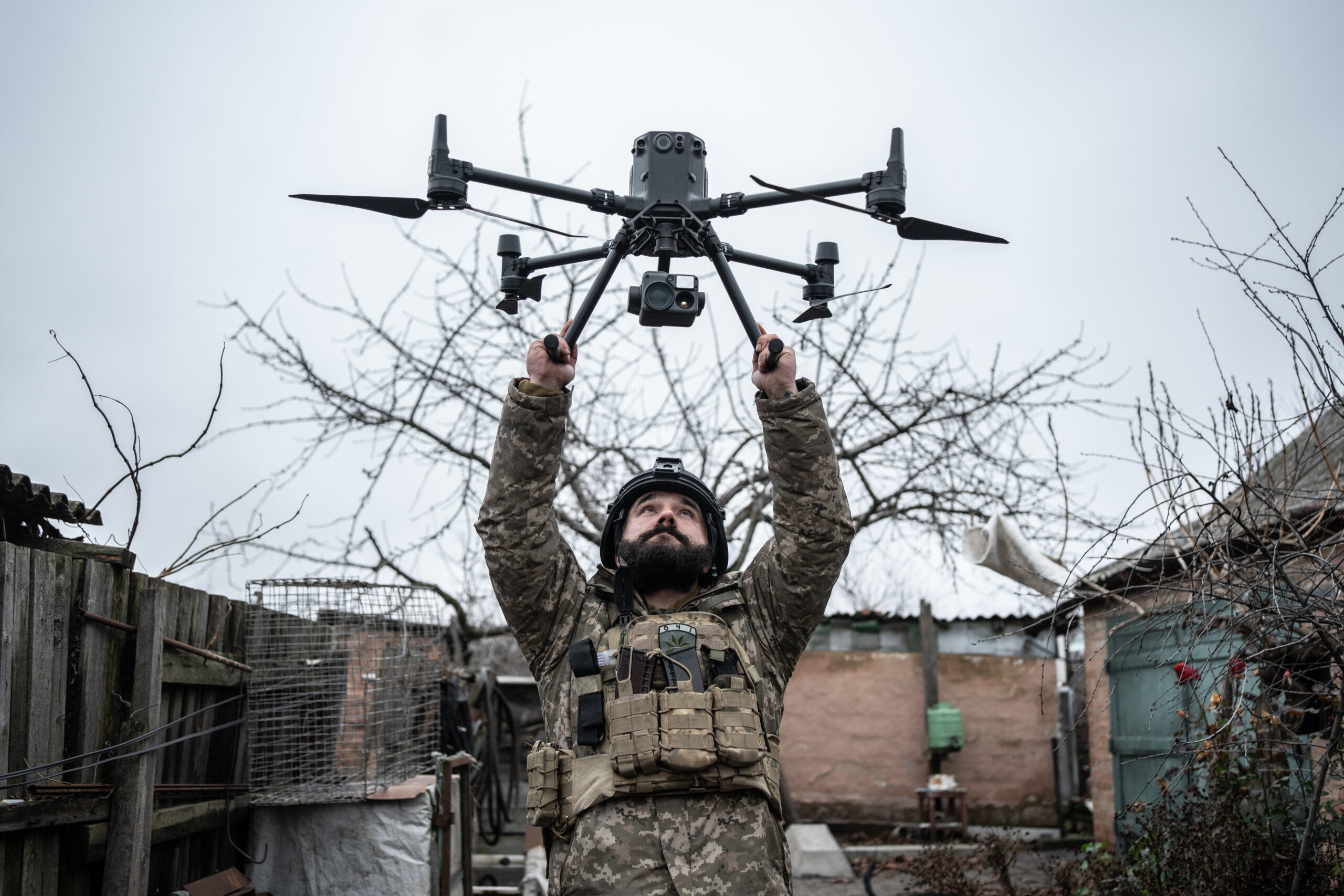Digital Lockers: Archiving Social Media Evidence of Atrocity Crimes
Download PDFSummary
Given the use of social media by people living in areas of armed conflict or severe repression, social media platforms have become accidental and unstable archives for human rights content. The last two decades have witnessed a fundamental shift in how people around the world communicate. During this period, the proliferation of smartphones and the rise of social media platforms have enabled increased identification, collection, and sharing of digital information related to international crimes and human rights violations. Whereas human rights researchers once struggled to find online content relevant to their investigations, today researchers may find themselves drowned in a tsunami of content with potential evidentiary value, as well as utility for the documentation of atrocities more generally — including for advocacy, research, and development of an historical record of world events. With 6,000 tweets generated every second and 500 hours of video content uploaded to YouTube every minute, the challenge is figuring out how to find the “signal” by siphoning out the online “noise,” as well as how to find reliable information buried in a digital environment replete with misinformation and disinformation. “Digital Lockers” looks at models for archiving digital information, including the structures, funding, and management of archives, lessons from previous experience, and the legal, political, technical, financial, and operational challenges likely to arise in the creation of a digital evidence locker or new legal framework. The report offers recommendations for an effective and efficient way forward.




